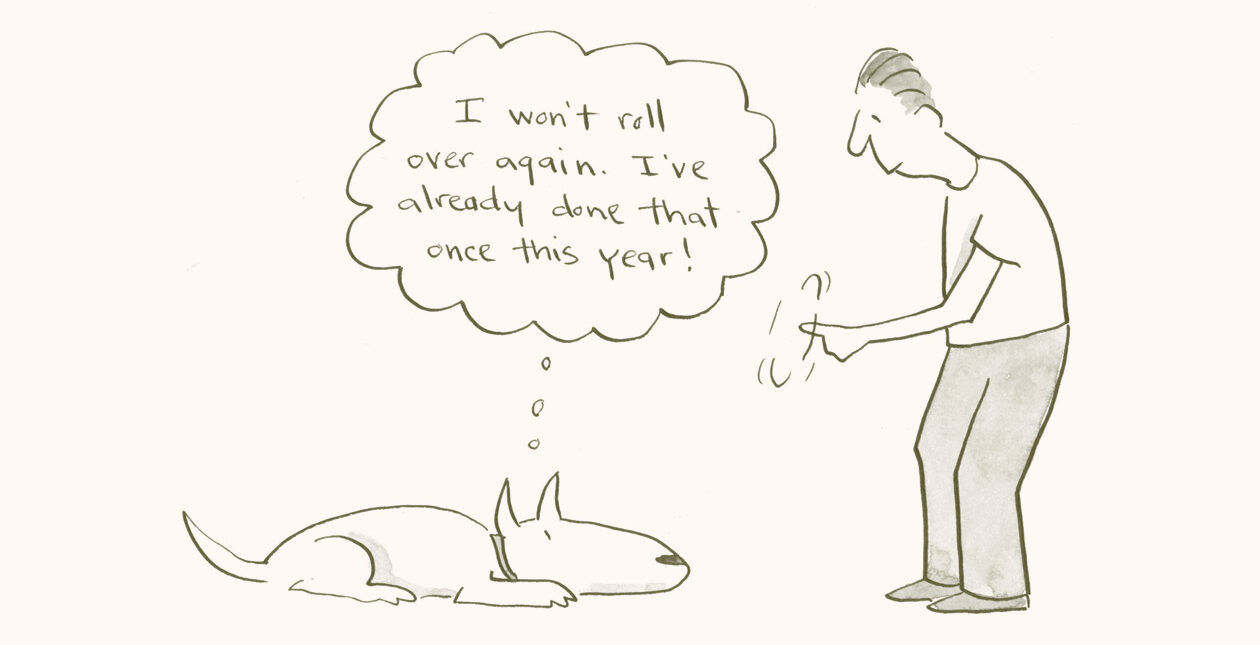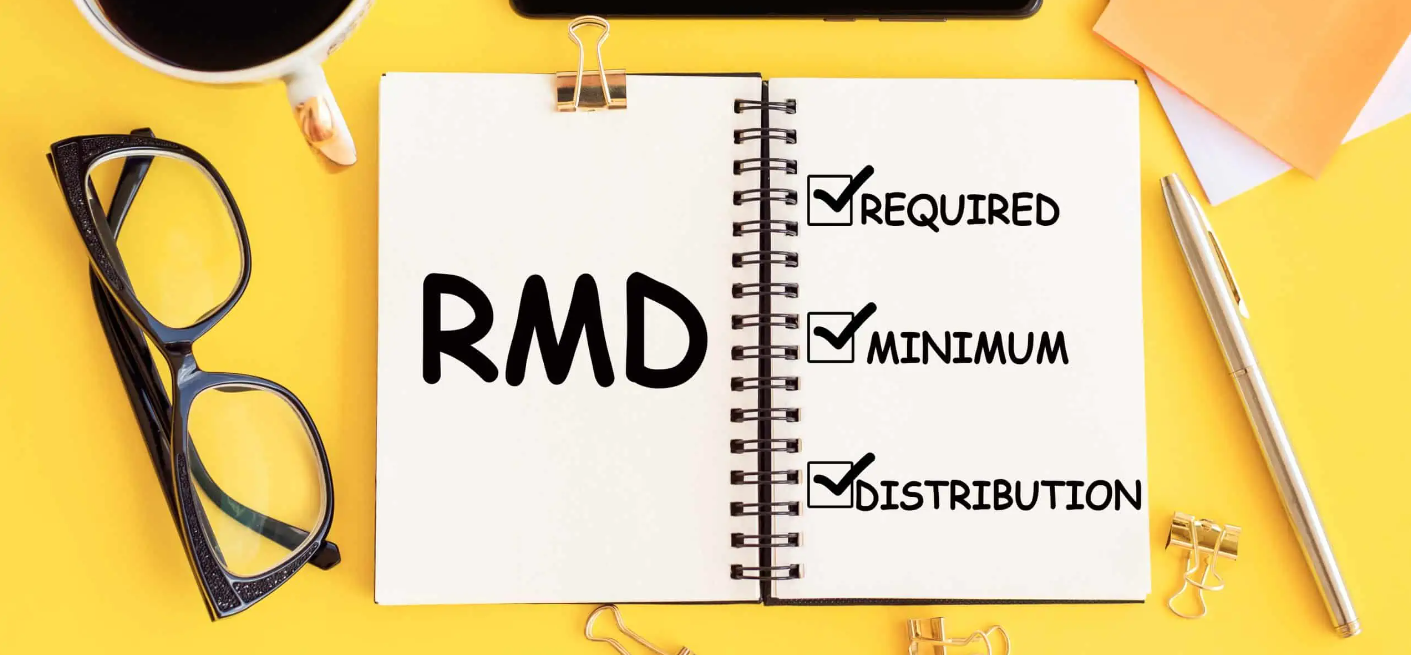The “once-per-year” rollover rule is one of those IRA rules that has serious tax consequences and cannot be fixed if violated. Breaking the rule results in a taxable distribution and a 10% early distribution penalty if you’re under the age of 59 ½. Plus, any rolled-over funds are considered excess IRA contributions that are subject to a 6% annual penalty unless timely corrected.
The once-per-year rule applies to traditional IRA-to-traditional IRA rollovers and Roth IRA-to-Roth IRA rollovers. It doesn’t apply to company plan-to-IRA rollovers, IRA-to-company plan rollovers, or traditional IRA-to-Roth IRA rollovers (Roth conversions). One easy workaround to avoid the once-per-year rule is to do a direct transfer instead of a 60-day rollover.
The rule is often explained by saying that you can’t do more than one IRA-to-IRA (or Roth IRA-to-Roth IRA) rollover in any one-year (365-day) period. That’s an easy way of describing it, but it’s not always accurate. A better explanation is to say you can’t do a rollover of an IRA distribution made within one year of a prior distribution that you rolled over.
Examples that explain the once-per-year rule:
Example 1:
Mattea received a traditional IRA distribution on June 1, 2022, that she rolled over to another traditional IRA on July 1, 2022. If Mattea receives a second traditional IRA (or Roth IRA) any time before June 1, 2023, the once-per-year rule prevents her from doing another 60-day rollover of that second distribution to another IRA.
Example 2:
Let’s say Mattea receives the second distribution on May 15, 2023 (within one year of the first distribution on June 1, 2022). She would still violate the once-per-year rule even if she delays rolling over the second distribution until July 2, 2023 (more than one year after the first rollover on July 1, 2022).
Example 3:
Now assume that Mattea receives the second distribution on June 10, 2023 (more than one year after the first distribution on June 1, 2022). She would not violate the once-per-year rule even if she rolls over the second distribution on June 15, 2023 (within one year of the first rollover on July 1, 2022). This is an example of when doing two rollovers within a one-year period (on July 1, 2022, and June 15, 2023) is perfectly acceptable.
The bottom line is that, in applying the once-per-year rule, you look to the timing of distributions being rolled over – not the timing of the rollovers. The rule prevents you from doing more than one rollover of distributions made within a one-year period. It doesn’t necessarily prevent you from doing more than one rollover within a one-year period.
By Ian Berger, JD
IRA Analyst











